In 2001 I was unable to locate guidance clarifying whether
the AKC registration form should list the colors and markings the dog carries
genetically or the colors seen on the dog at the time of registration. When
I contacted AKC regarding color issues, they indicated it was the
responsibility of the ASDCA to provide that kind of guidance. In the summer of
2001, as a concerned and diligent ASDCA club member, I contacted the president
of the ASDCA and offered to work on updating the
Anatolian color designation section for the ASDCA using my background to
insure the color designations matched our current understanding of
dog coat color genetics. My offer was rejected and I was told that the project
was going to be assigned to another club member (a board member). I assumed the project would
take no longer than six months. However, years later I am still waiting for the
ASDCA to produce guidance that matches our current genetic
understanding of dog coat color!
A club officer once complained to me that the ASDCA
can't get club members to participate in the work of the club.
However, my personal experience is that many of our ASDCA club officers have difficulty in
allowing rank and file club members to participate as equals in the business of the club.
When the board members and officers complain that the rank and file club members aren't
helping them, I suggest that they let go of their tight control and start allowing
club members to actually take charge of the various activities. They just can't seem
to give up their control even though they complain they don't have the time to do
everything!!!
To our ASDCA Board Members and Officers: If you feel you have too much club work to do,
try giving up some control and allowing the rank and file members to actually be in
charge of various activities. One way to do this is to quit assigning total control over
all our club activities to only yourselves (board members and officers). That way the
the duties might be performed in a more timely manner. Why is giving up control so
difficult once you become an ASDCA club member and/or officer. If this advice doesn't
apply to you, please ignore it!
2019 UPDATE! Eighteen years later our club (the ASDCA) continues to do NOTHING to
improve the AKC registration form coat color designations!!! Since I initially
offered my services to the club, we have had a number of different club officers
and numberous different board members. Rather than allow a club member knowledgeable
about dog coat color genetics (me) to work with AKC to update the incorrect designations
on the form, it appears they continue to do nothing to correct this problem.
They also continue to complain that they can't get club members to participate in
the work of the club!
2020 UPDATE! Worse news! I discovered that the 2017 board voted to eliminate
black and tan from registration without involving the general club membership, a
violation of the ASDCA By-Laws and the Anatolian Standard in existence
since the ASDCA was first formed. "All color patterns and markings are equally
acceptable." You can check out my thoughts on this in my article
Anatolian Color
It is my personal belief the ASDCA has not been assigning duties to anyone who doesn't
submit to their dictates, right or wrong. Our officers are not rulers and their thoughts
are not always correct! Progress on this task stopped after I was asked to help
by the board member assigned to do the work. Almost everything I saw that
had been done was scientifically incorrect! I said that since the club had refused my offer to
help, I was eager to write a response analyzing, from a scientific basis, their new
coat color designations AFTER they had completed it. I said I would place my analysis
of their work on my website and they could review my comments there! I guess they
didn't want someone knowledgeable of coat color genetics to review their work!
Over the decades, this is very typical of many individuals who have been elected as ASDCA officers
and/or board members. Rather than this behavior, I'd love to see transparancy
with the club membership and greater involvement of the membership in ASDCA decisions!
Until our ASDCA club officers and board members start treating its members with
respect and allow various viewpoints to be expressed, the club will suffer. Most
people I speak to who have volunteered eventually become disgusted and upset by
the manner in which they are treated by our club officers! What I don't understand
is how this same controlling autocratic behavior seems to exist no matter who is elected! As
an officer or board member, if you are offended by these comments (which I believe
to be a correct and accurate evaluation of them over the decades), please call me
and let's discuss this topic!!!
|
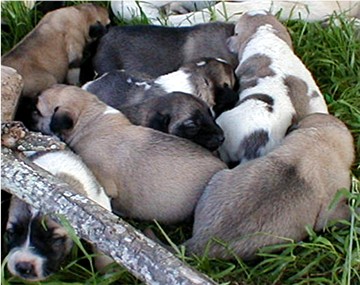
 Phone Numbers Link
Phone Numbers Link
![[2001 litter guarding goats in pasture during a rainstorm.]](overpups.jpg)
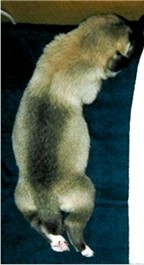
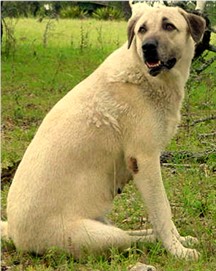
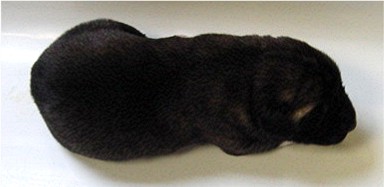
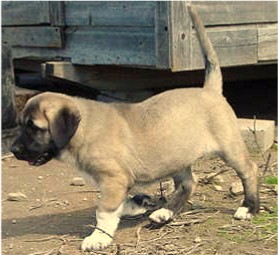
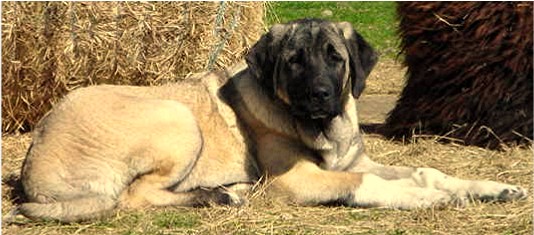
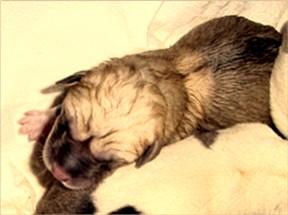
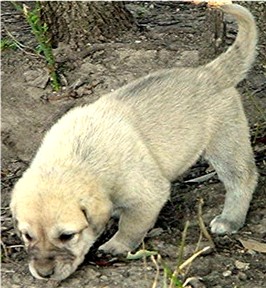
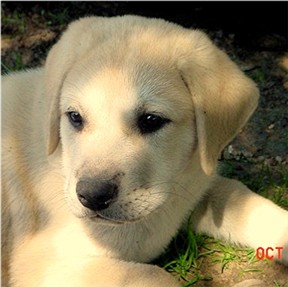
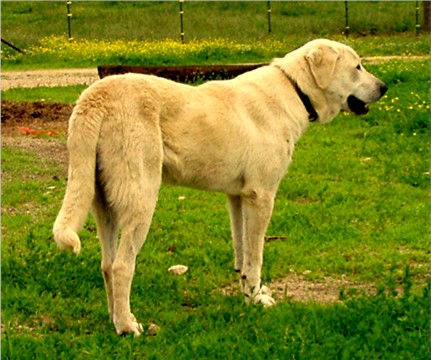
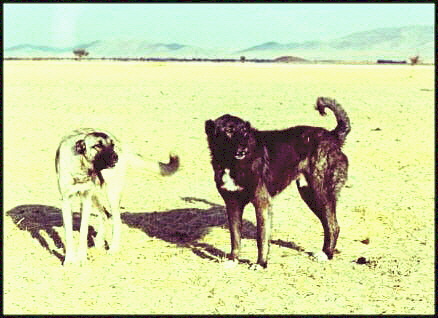
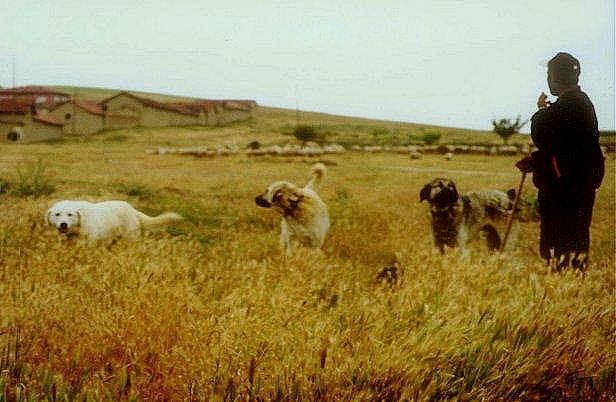
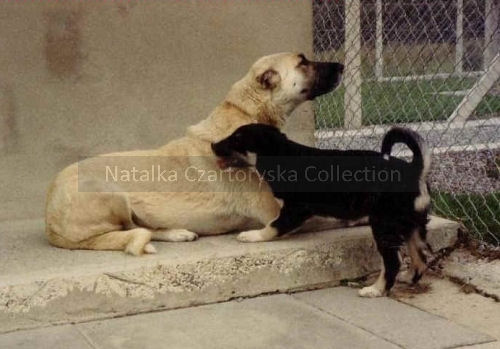
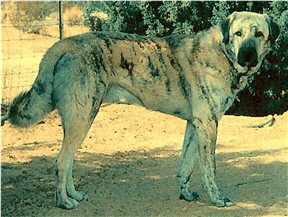
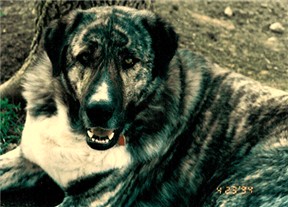
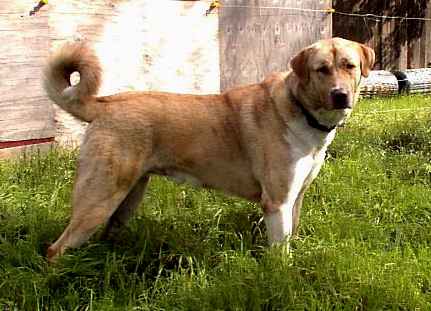
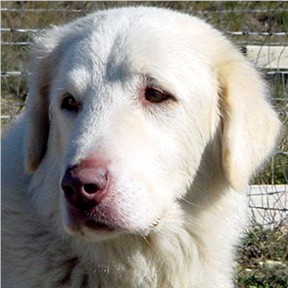
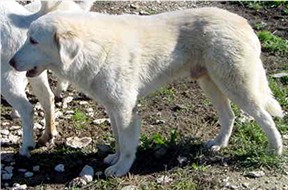
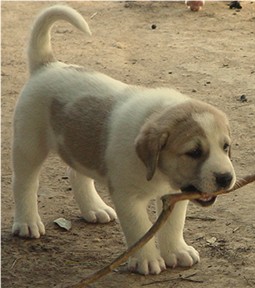
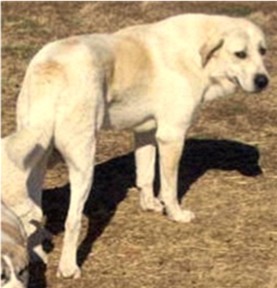
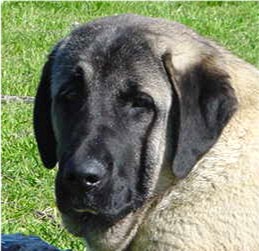
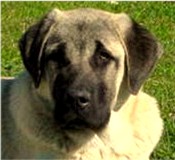
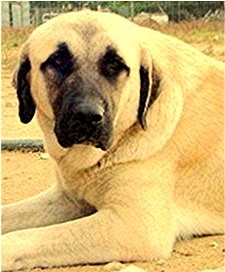
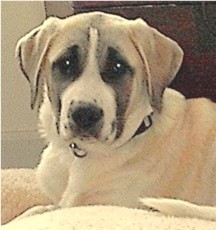
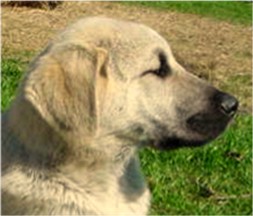
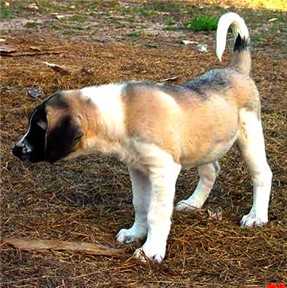
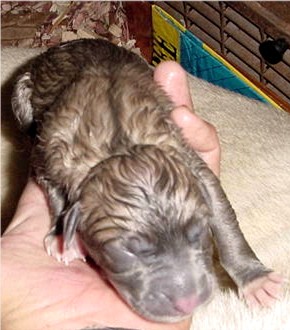 A picture of a blue masked fawn pup a few
minutes old, then at two weeks, then at six weeks. She is a Lucky Hit Anatolian.
A picture of a blue masked fawn pup a few
minutes old, then at two weeks, then at six weeks. She is a Lucky Hit Anatolian.
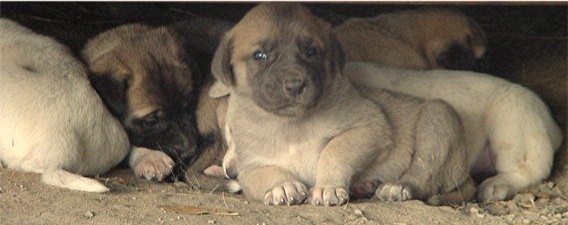
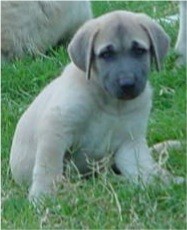
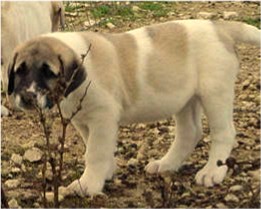
 Click Picture to Return to Anatolian Main page
Click Picture to Return to Anatolian Main page
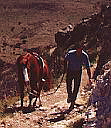 Click Picture to Return to Lucky Hit Main Home Page
Click Picture to Return to Lucky Hit Main Home Page